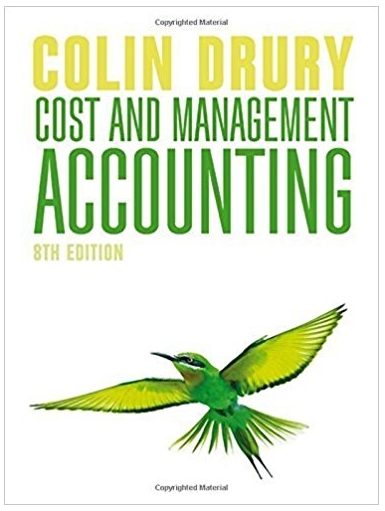Pavgrange plc is considering expanding its operations. The company accountant has produced pro forma profit and loss
Question:
(a) The company undertakes no new investment.
(b) The company invests in Project 1.
(c) The company invests in Project 2.
Both projects have expected lives of three years, and the projects are mutually exclusive. The pro forma accounts are shown below:
(a) No new investment
-1.png)
b) Investment in Project 1
-2.png)
(c) Investment in Project 2
-3.png)
The initial outlay for Project 1 is £2 million and for Project 2 £3½ million.
Tax allowable depreciation is at the rate of 25 per cent on a reducing balance basis. The company does not expect to acquire or dispose of any fixed assets during the next three years other
than in connection with Projects 1 or 2. Any investment in Project 1 or 2 would commence at the start of the company's next financial year.
The expected salvage value associated with the investments at the end of three years is £750 000 for Project 1, and £1 500 000 for Project 2.
Corporate taxes are levied at the rate of 35 per cent and are payable one year in arrears.
Pavgrange would finance either investment with a three year term loan at a gross interest payment of 11 per cent per year. The company's weighted average cost of capital is estimated to be 8 per cent per annum.
Required:
(a) Advise the company which project (if either) it should undertake. Give the reasons for your choice and support it with calculations.
(b) What further information might be helpful to the company accountant in the evaluation of these investments?
(c) If Project 1 had been for four years duration rather than three years, and the new net cash flows of the project (after tax and allowing for the scrap value) for years four and five were £77 000 and (£188 000) respectively, evaluate whether your advice to Pavgrange would change.
(d) Explain why the payback period and the internal rate of return might not lead to the correct decision when appraising mutually exclusive capital investments.
Internal Rate of Return of IRR is a capital budgeting tool that is used to assess the viability of an investment opportunity. IRR is the true rate of return that a project is capable of generating. It is a metric that tells you about the investment... Salvage Value
Salvage value is the estimated book value of an asset after depreciation is complete, based on what a company expects to receive in exchange for the asset at the end of its useful life. As such, an asset’s estimated salvage value is an important... Cost Of Capital
Cost of capital refers to the opportunity cost of making a specific investment . Cost of capital (COC) is the rate of return that a firm must earn on its project investments to maintain its market value and attract funds. COC is the required rate of... Payback Period
Payback period method is a traditional method/ approach of capital budgeting. It is the simple and widely used quantitative method of Investment evaluation. Payback period is typically used to evaluate projects or investments before undergoing them,...
Step by Step Answer:






